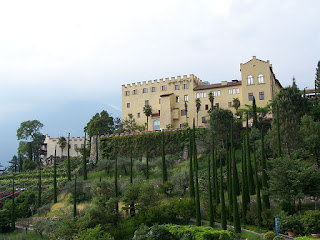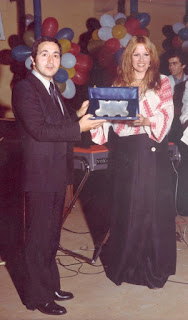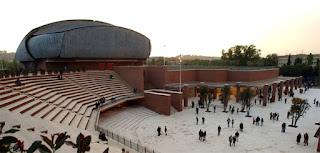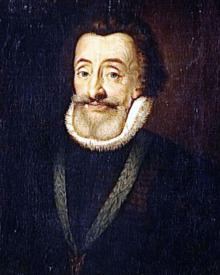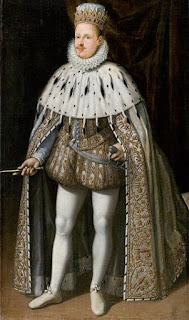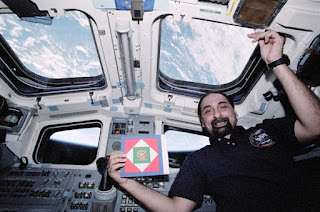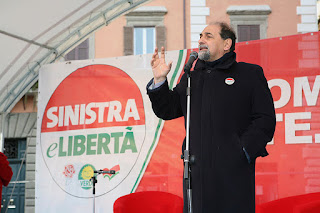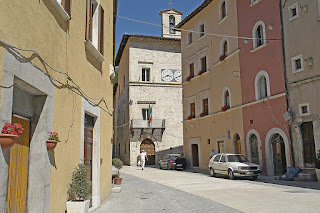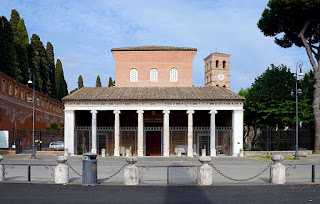Talented musician could sing, play guitar, compose and conduct
 |
| Pino Presti has been one of the Italian music scene's most important figures since the 1960s |
He is a bass guitar player, arranger, composer, conductor and record producer and his work ranges between the different music genres of pop, jazz, funk, latin and dance.
His father, Arturo Prestipino Giarritta, was a well-known violinist and Presti began studying piano and music theory at the age of six.
He taught himself to play the bass guitar and began playing professionally at the age of 17, having developed his own special technique using either the pick or thumb.
Presti was a pioneer of electric bass and was probably the first to play a Fender Jazz Bass in Italy.
His talent for playing the instrument led him to collaborate with the major Italian pop artists of the 1960s, including the famous singer, Mina, who is Italy's all-time top-selling female recording artist. Presti arranged and conducted 86 tracks and composed four songs for her, also sometimes backing her as a singer.
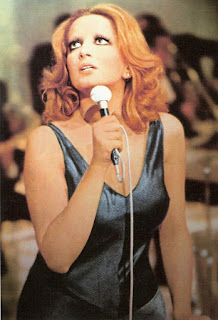 |
| Presti enjoyed a long working relationship with the major Italian star, Mina |
In 1976 he created and produced for Atlantic Records, the album, Ist Round, which was considered the first funk dance production and one of the most innovative albums of the 1970s in Italy.
In 1977 he signed a contract with RAI2 to be arranger, conductor and composer of original music for the famous TV show, Auditorio A, and he was responsible for conducting a big band of 56 notable musicians.
Presti also collaborated with some of the biggest names on the international music scene such as Shirley Bassey, Wilson Pickett, Stephane Grappelli and Maynard Ferguson.
In 2013 he produced the tribute album Shirley Bunnie-Foy, consisting of 17 tracks performed by jazz vocalist Shirley Bunnie-Foy during her 60-year career.
In 2014 he composed, co-produced and released under the pseudonym Mad of Jazz, the album Deep Colours and in 2016 he composed the music for the advertising campaign of Scavolini, an Italian kitchen and bathroom manufacturer.
Between 1967 and 1985 Presti trained in Shotokan karate under Japanese masters and obtained his 5th degree black belt in Rome in 1987.
Since 2004, he has lived in Nice in the South of France.
 |
| The Piccolo Teatro in Milan |
Milan, where Presti was born and lived for many years, has a wealth of theatres with a long tradition of staging different entertainment. Teatro Litta next to Palazzo Litta in Corso Magenta is believed to be the oldest theatre in the city. Teatro Dal Verme in San Giovanni sul Muro opened in 1872 and the Piccolo Teatro in Via Rivoli opened in 1947. Milan’s most famous theatre, Teatro alla Scala, in Piazza della Scala, across the road from Galleria Vittorio Emanuele II, was first inaugurated in 1778. The theatre has a fascinating museum that displays costumes and memorabilia from its long history. The entrance is in Largo Ghiringhelli, just off Piazza Scala. It is open every day except the Italian Bank Holidays and a few days in December. Opening hours are from 9.00 to 12.30 and 1.30 to 5.30pm.
 |
| One side of the Sforza Castle in Milan |
One of the other main sights in Milan is the impressive Sforza castle, Castello Sforzesco, built in the 15th century by Francesco Sforza, Duke of Milan. After Ludovico Sforza became Duke of Milan in 1494 he commissioned Leonardo da Vinci to fresco several rooms. The castle now houses some of the city’s museums and art galleries. For more information visit www.milanocastello.it
More reading:
How Mina changed the rules for women in 1960s Italy
Adriano Celentano spans the ages of Italian pop music
Gigliola Cinquetti - Italy's first queen of Eurovision
Also on this day:
1945: The birth of 60s singing star Rita Pavone
1974: The death of pioneering psychiatrist Roberto Assagioli
Home





